Home>Gardening & Outdoor>Outdoor Recreation & Activities>How Long To Build A Swimming Pool
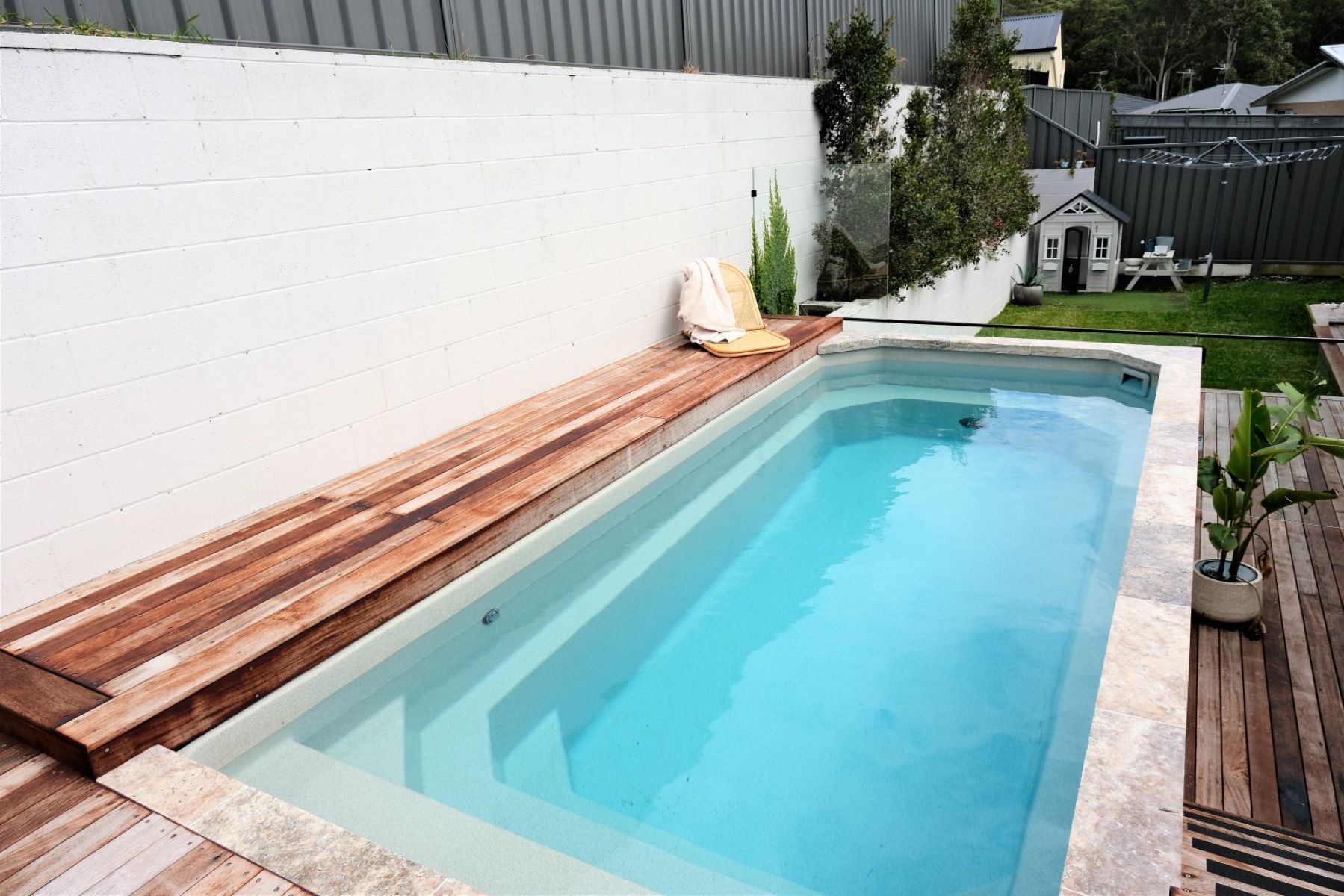

Outdoor Recreation & Activities
How Long To Build A Swimming Pool
Modified: February 18, 2024
Discover how long it takes to build a swimming pool and get ready for endless outdoor recreation and activities. Find out the timeline and steps involved in creating your dream pool.
(Many of the links in this article redirect to a specific reviewed product. Your purchase of these products through affiliate links helps to generate commission for Storables.com, at no extra cost. Learn more)
Introduction
Building a swimming pool is an exciting endeavor that can transform your outdoor space into a luxurious oasis for relaxation and recreation. Whether you envision a sleek lap pool for fitness, a family-friendly play area, or a stunning infinity pool with a breathtaking view, the construction process is a significant undertaking that requires careful planning and execution. From the initial design phase to the finishing touches of landscaping, the journey of building a swimming pool is filled with anticipation and the promise of creating lasting memories.
The timeline for constructing a swimming pool can vary widely based on several factors, including the pool's size, design complexity, local regulations, and environmental considerations. Understanding the key elements that influence the construction timeline is essential for setting realistic expectations and ensuring a smooth and efficient building process. By exploring the various stages of pool construction and the factors that impact each phase, you can gain valuable insights into the timeline and requirements for bringing your dream pool to life.
As we delve into the intricacies of building a swimming pool, we will uncover the essential steps involved in the construction process, from the initial planning and design phase to the meticulous installation of plumbing and electrical systems. Additionally, we will explore the critical role of permitting and approval processes, the intricacies of excavation and site preparation, and the artistry of decking and landscaping. By gaining a comprehensive understanding of these elements, you will be well-equipped to embark on the journey of creating a stunning and functional swimming pool that complements your lifestyle and enhances your outdoor living space.
Key Takeaways:
- Building a swimming pool involves meticulous planning, excavation, construction, and landscaping. Understanding local regulations and site-specific challenges is crucial for a successful and timely completion.
- The journey of building a swimming pool is a transformative process that creates a personalized outdoor sanctuary for relaxation, recreation, and cherished moments with family and friends. It requires careful consideration of design elements, site-specific challenges, and regulatory requirements.
Read more: How Long Is A Swimming Pool
Factors Affecting Construction Time
The construction timeline for a swimming pool is influenced by a myriad of factors that collectively impact the duration of the project. Understanding these factors is crucial for setting realistic expectations and effectively managing the construction process. Here are the key elements that can significantly affect the time required to build a swimming pool:
-
Pool Size and Design Complexity: The size and complexity of the pool design play a pivotal role in determining the construction timeline. Larger pools and those featuring intricate designs, such as custom shapes, water features, and integrated spas, typically require more time for excavation, installation, and finishing touches.
-
Local Regulations and Permitting: The permitting and approval process mandated by local authorities can introduce variable timelines to the construction schedule. Obtaining necessary permits, adhering to building codes, and securing approvals for the pool design and site preparation are essential steps that can impact the overall construction timeline.
-
Environmental Considerations: Environmental factors, such as soil composition, topography, and climate, can influence the construction timeline. Site-specific challenges, such as rocky terrain, high water tables, or inclement weather conditions, may necessitate additional time and specialized solutions to ensure the pool's structural integrity and long-term functionality.
-
Access and Site Constraints: The accessibility of the construction site and any logistical constraints can affect the efficiency of the building process. Limited access for heavy machinery, spatial restrictions, or proximity to existing structures may require strategic planning and could potentially extend the construction timeline.
-
Material Availability and Lead Times: The availability of construction materials, including pool shells, decking materials, and specialized equipment, can impact the project timeline. Delays in material procurement or extended lead times for custom components may influence the overall construction schedule.
-
Labor and Contractor Scheduling: Coordinating the schedules of skilled labor and contractors, such as excavators, pool builders, electricians, and landscapers, is essential for maintaining a streamlined construction timeline. Availability of experienced professionals and effective project management can significantly impact the efficiency of the construction process.
By considering these factors and their potential implications, homeowners can gain a comprehensive understanding of the variables that contribute to the construction timeline of a swimming pool. Proactive planning, clear communication with contractors, and diligent adherence to local regulations are essential for mitigating potential delays and ensuring a successful and timely completion of the pool project.
Planning and Design Phase
The planning and design phase of building a swimming pool sets the foundation for the entire construction process, serving as a crucial initial step in transforming your vision into a tangible and functional outdoor oasis. This phase involves a collaborative and creative exploration of various design elements, site considerations, and functional requirements to conceptualize a pool that aligns with your aesthetic preferences, lifestyle needs, and the architectural character of your property.
During the planning and design phase, homeowners work closely with pool designers, architects, and landscape professionals to articulate their vision and preferences, taking into account factors such as pool size, shape, depth, and desired features. Whether you aspire to create a sleek and modern pool with clean lines and minimalist aesthetics or envision a resort-style retreat with cascading waterfalls and lush landscaping, the planning and design phase is the canvas upon which your dream pool begins to take shape.
Key considerations during this phase include evaluating the available outdoor space, assessing the topography and existing landscaping, and identifying any site-specific challenges that may influence the pool design and construction. Factors such as property boundaries, utility easements, and proximity to existing structures are carefully examined to inform the optimal placement and orientation of the pool within the outdoor environment.
Moreover, the planning and design phase encompasses the exploration of complementary features, such as integrated spas, water features, lighting, and decking options, which contribute to the overall functionality and visual appeal of the pool area. Attention to detail in this phase is essential for ensuring that the design seamlessly integrates with the architectural style of the home and creates a harmonious outdoor living environment.
Collaboration with experienced pool designers and landscape architects is instrumental in translating your vision into a comprehensive design plan that encompasses structural considerations, circulation patterns, and aesthetic elements. Through a series of consultations, conceptual drawings, and 3D renderings, homeowners have the opportunity to visualize the proposed design and provide feedback to refine the plan before moving forward with the construction phase.
By investing time and attention to detail in the planning and design phase, homeowners can lay the groundwork for a successful and cohesive pool construction project. Clear communication, creative exploration, and a thorough understanding of site-specific considerations are essential for shaping a design that not only reflects your personal style but also harmonizes with the natural surroundings, resulting in a captivating and functional outdoor retreat.
Permitting and Approval Process
The permitting and approval process is a critical phase in the construction of a swimming pool, encompassing a series of regulatory steps and compliance requirements that are essential for ensuring the safety, structural integrity, and environmental compatibility of the proposed pool project. This phase involves navigating through local building codes, zoning regulations, and environmental considerations to obtain the necessary permits and approvals before commencing the construction process.
One of the primary considerations during the permitting and approval process is adherence to local building codes and zoning ordinances. These regulations dictate specific requirements related to setback distances, property line encroachments, and overall site coverage, all of which directly impact the design and placement of the pool within the property. Understanding and complying with these regulations is essential for securing the requisite permits and approvals, as well as for avoiding potential legal and logistical complications during and after the construction phase.
Environmental considerations also play a pivotal role in the permitting process, particularly in areas with stringent regulations aimed at preserving natural resources and mitigating environmental impact. Factors such as stormwater management, erosion control, and water conservation measures may be subject to review and approval by environmental agencies or local authorities. Additionally, in regions prone to seismic activity or other natural hazards, structural engineering assessments and compliance with safety standards are integral components of the permitting process to ensure the pool's resilience and stability.
Securing permits for excavation, construction, plumbing, and electrical work is a fundamental aspect of the approval process, requiring detailed documentation, site plans, engineering drawings, and specifications that demonstrate compliance with regulatory requirements. The thoroughness and accuracy of these submissions are crucial for expediting the permit review and approval timeline, as well as for minimizing potential delays that could impact the overall construction schedule.
Navigating the permitting and approval process demands meticulous attention to detail, proactive engagement with regulatory authorities, and collaboration with experienced professionals who can guide homeowners through the intricacies of compliance and documentation. Engaging the services of knowledgeable pool builders and contractors who are well-versed in local regulations and permitting requirements is instrumental in streamlining this phase and ensuring that the necessary approvals are obtained in a timely manner.
By diligently addressing the permitting and approval process, homeowners can lay a solid foundation for the subsequent stages of pool construction, setting the stage for a seamless and compliant building process that aligns with regulatory standards and environmental stewardship. Proactive engagement with regulatory authorities, clear communication with professionals, and a comprehensive understanding of local requirements are essential for navigating this phase with confidence and ensuring a successful and compliant pool construction project.
Excavation and Site Preparation
Excavation and site preparation mark the commencement of the physical transformation that brings the vision of a swimming pool to life. This pivotal phase involves a series of meticulous tasks aimed at preparing the site, excavating the designated area, and laying the groundwork for the structural components of the pool. From clearing the terrain to shaping the foundation, each step in the excavation and site preparation process is essential for ensuring the structural integrity, stability, and functionality of the pool.
The initial step in site preparation involves clearing the designated area of any obstructions, debris, or vegetation that may impede the excavation process. This includes the removal of rocks, tree roots, and any existing landscaping features that lie within the footprint of the pool. Additionally, grading the site to establish a level and uniform surface is crucial for creating a stable foundation and facilitating efficient water drainage around the pool area.
Following site clearance and grading, the excavation process begins, wherein the outline of the pool is marked, and the earth is carefully removed to the specified depth and dimensions. Excavation depth is determined by factors such as the pool design, desired water depth, and any additional features, such as integrated spas or sun shelves. Precision and accuracy in excavation are paramount, as they directly influence the structural integrity and aesthetics of the pool.
Simultaneously, attention is given to the installation of essential infrastructure, including plumbing and drainage systems, which are integrated into the excavated area. This involves laying the groundwork for the circulation and filtration systems, as well as the placement of conduits for electrical wiring, ensuring that these critical components are seamlessly integrated into the pool's infrastructure.
Moreover, the excavation and site preparation phase may involve addressing site-specific challenges, such as rocky terrain, high water tables, or soil stabilization requirements. In regions with expansive or unstable soil conditions, additional measures, such as soil compaction or reinforcement, may be necessary to ensure the long-term stability and performance of the pool structure.
Throughout the excavation and site preparation process, collaboration between experienced excavators, pool builders, and site engineers is essential for coordinating the various tasks, adhering to design specifications, and addressing any unforeseen challenges that may arise. Clear communication and meticulous attention to detail are fundamental for ensuring that the site is meticulously prepared to accommodate the subsequent stages of pool construction.
By meticulously executing the excavation and site preparation phase, homeowners can lay the groundwork for a successful and efficient pool construction project. The precision and care invested in this phase set the stage for the seamless integration of structural components, plumbing systems, and ultimately, the realization of a stunning and functional swimming pool that enriches the outdoor living experience.
The time it takes to build a swimming pool can vary depending on factors such as size, design, and location. On average, it can take anywhere from 6 to 12 weeks for the construction process. Be sure to consult with a professional for a more accurate timeline.
Read more: How To Build A Swimming Pool With Bricks
Pool Installation and Construction
The pool installation and construction phase represents the culmination of meticulous planning, precise design execution, and comprehensive site preparation, marking the transition from groundwork to the physical realization of the envisioned swimming pool. This transformative stage encompasses a series of intricate tasks, skilled craftsmanship, and structural assembly, all of which converge to bring the pool design to life and create a captivating aquatic retreat within the outdoor landscape.
The installation process commences with the placement of the pool shell or structural framework, which forms the foundational structure of the pool. Whether utilizing pre-formed fiberglass shells, poured concrete, or steel-reinforced vinyl, the installation of the pool shell demands precision and expertise to ensure proper alignment, level positioning, and structural integrity. This phase often involves the use of heavy machinery, cranes, and specialized equipment to maneuver and position the pool shell within the excavated area, requiring careful coordination and adherence to safety protocols.
Following the placement of the pool shell, meticulous attention is given to the integration of structural components, such as steps, benches, and ledges, which contribute to the functional and aesthetic aspects of the pool. Skilled craftsmen work diligently to ensure that these elements are seamlessly incorporated into the pool design, aligning with the intended circulation patterns, safety considerations, and visual appeal.
Simultaneously, the construction phase encompasses the installation of circulation and filtration systems, including the placement of skimmers, drains, return fittings, and the integration of plumbing lines. This critical aspect of pool construction is essential for ensuring efficient water circulation, optimal filtration, and the maintenance of water quality, all of which are integral to the long-term functionality and enjoyment of the pool.
The construction phase also involves the application of finishing materials, such as tile, coping, and interior surface treatments, which contribute to the aesthetic refinement and tactile experience of the pool. Whether opting for vibrant mosaic tiles, natural stone coping, or smooth plaster finishes, the selection and installation of these materials are pivotal for enhancing the visual appeal and tactile comfort of the pool environment.
Moreover, the installation and construction phase may encompass the integration of water features, such as cascading waterfalls, bubblers, or fountains, which add a dynamic and sensory dimension to the pool area. The precise placement and installation of these features require careful coordination with the pool design, hydraulic considerations, and aesthetic objectives, culminating in the creation of a captivating aquatic ambiance.
Throughout the installation and construction phase, collaboration between skilled pool builders, craftsmen, and specialized contractors is essential for ensuring the seamless integration of structural components, systems, and finishing details. Clear communication, adherence to design specifications, and meticulous craftsmanship are fundamental for bringing the pool design to fruition and creating a captivating and functional aquatic retreat that enriches the outdoor living experience.
Plumbing and Electrical Work
The plumbing and electrical work phase of swimming pool construction encompasses the intricate installation of essential systems that are fundamental for the functionality, safety, and enjoyment of the pool. This critical phase involves the integration of plumbing lines, circulation systems, and electrical components, all of which are meticulously orchestrated to ensure optimal water circulation, filtration, and the seamless operation of lighting and ancillary features.
The plumbing installation process begins with the integration of skimmers, drains, and return fittings, which form the essential components of the pool's circulation and filtration systems. These elements are strategically positioned within the pool structure to facilitate the efficient removal of surface debris, the circulation of water to the filtration system, and the return of clean, treated water to the pool. Meticulous attention is given to the alignment, sealing, and hydraulic functionality of these components to ensure optimal performance and water clarity.
Furthermore, the installation of plumbing lines involves the integration of supply and return lines that connect the pool to the filtration and circulation equipment. These lines are carefully routed and connected to the pool's hydraulic infrastructure, incorporating valves, fittings, and manifolds to regulate water flow, facilitate maintenance, and accommodate future serviceability. The precision and integrity of these plumbing installations are essential for ensuring efficient water circulation, balanced hydraulic performance, and the long-term functionality of the pool's systems.
Simultaneously, the electrical work phase encompasses the installation of lighting, control systems, and ancillary electrical components that enhance the safety, ambiance, and operational convenience of the pool. This involves the integration of underwater lighting fixtures, perimeter lighting, and accent features that contribute to the visual appeal and nighttime allure of the pool environment. Additionally, the installation of control systems, such as timers, switches, and automation interfaces, provides homeowners with intuitive management of pool functions, lighting scenarios, and energy-efficient operation.
The integration of ancillary electrical components, such as heaters, pumps, and automated pool covers, further enriches the pool's functionality and energy efficiency, enhancing the overall user experience and operational convenience. Attention to detail in the installation of these components is essential for ensuring compliance with safety standards, electrical codes, and the seamless integration of technology that elevates the pool's performance and convenience.
Throughout the plumbing and electrical work phase, collaboration between experienced plumbers, electricians, and pool builders is essential for coordinating the installation of these critical systems, ensuring compliance with regulatory standards, and delivering a pool environment that is characterized by optimal functionality, safety, and aesthetic allure. The meticulous execution of plumbing and electrical work sets the stage for the seamless integration of these essential systems, culminating in the creation of a captivating and functional aquatic retreat that enriches the outdoor living experience.
Decking and Landscaping
The decking and landscaping phase represents the transformative stage in the construction of a swimming pool, where the surrounding outdoor environment is meticulously crafted to complement the pool's aesthetics, enhance functionality, and create a captivating outdoor living space. This phase encompasses the integration of hardscape elements, such as decking, patios, and walkways, as well as the thoughtful incorporation of landscaping features, including plantings, garden beds, and natural accents, all of which converge to elevate the visual appeal and usability of the pool area.
The selection and installation of decking materials play a pivotal role in defining the character and functionality of the pool environment. Whether opting for natural stone pavers, composite decking, or traditional wood surfaces, the choice of decking materials is guided by considerations such as durability, slip resistance, and aesthetic compatibility with the architectural style of the home. The installation process involves meticulous attention to detail, precise alignment, and integration with the pool's design, creating a seamless transition between the pool edge and the surrounding outdoor space.
Moreover, the decking phase encompasses the integration of functional elements, such as seating areas, outdoor kitchens, and shade structures, which enhance the usability and entertainment potential of the pool area. Thoughtful placement of these features, coupled with strategic consideration of sun exposure and circulation patterns, contributes to the creation of a versatile and inviting outdoor living environment that accommodates social gatherings, relaxation, and al fresco dining.
Simultaneously, the landscaping component of this phase introduces a harmonious blend of plantings, garden beds, and natural accents that soften the hardscape elements, provide privacy, and infuse the pool area with lush greenery and seasonal blooms. The selection of plant species, such as ornamental grasses, flowering shrubs, and specimen trees, is guided by considerations such as climate suitability, water efficiency, and visual cohesion with the surrounding landscape.
The integration of natural accents, such as boulders, rock formations, and water features, further enriches the visual appeal and sensory experience of the pool environment, creating a tranquil and immersive outdoor retreat. Additionally, attention is given to the placement of landscape lighting, which accentuates focal points, enhances nighttime ambiance, and ensures safety and visibility within the pool area.
Throughout the decking and landscaping phase, collaboration between experienced landscape designers, hardscape specialists, and pool builders is essential for orchestrating the seamless integration of these elements, ensuring that the outdoor environment harmonizes with the pool design and reflects the homeowner's vision. The meticulous execution of decking and landscaping sets the stage for the creation of a captivating and functional outdoor oasis, where the pool becomes the centerpiece of a harmonious and inviting outdoor living space.
Conclusion
In conclusion, the construction of a swimming pool is a multifaceted endeavor that encompasses meticulous planning, precise execution, and creative vision, culminating in the creation of a captivating and functional outdoor retreat. From the initial stages of conceptualizing the pool design to the final touches of decking and landscaping, each phase of the construction process contributes to the realization of a personalized aquatic oasis that enriches the outdoor living experience.
The journey of building a swimming pool is characterized by a series of essential phases, each of which plays a pivotal role in shaping the final outcome. The planning and design phase sets the foundation for the project, allowing homeowners to articulate their vision, explore design possibilities, and align the pool's aesthetics with their lifestyle and architectural preferences. Subsequently, the permitting and approval process navigates the regulatory landscape, ensuring compliance with local regulations, environmental considerations, and structural requirements.
Excavation and site preparation mark the physical transformation of the landscape, laying the groundwork for the installation of the pool shell, structural components, and essential infrastructure. The pool installation and construction phase brings the design to life, integrating structural elements, plumbing systems, and finishing details to create a captivating aquatic environment. The plumbing and electrical work phase ensures the seamless integration of essential systems, such as circulation, filtration, lighting, and ancillary features, enhancing the functionality, safety, and operational convenience of the pool.
Finally, the decking and landscaping phase harmonizes the pool environment with the surrounding outdoor space, creating a versatile and inviting outdoor living area that complements the pool's aesthetics and enhances usability.
By understanding the intricacies of each construction phase and the factors that influence the timeline, homeowners can embark on the journey of building a swimming pool with confidence and informed decision-making. Proactive planning, collaboration with experienced professionals, and a comprehensive understanding of local regulations are essential for ensuring a successful and timely completion of the pool project.
Ultimately, the construction of a swimming pool is a transformative process that goes beyond the creation of a recreational amenity; it is the realization of a personalized outdoor sanctuary that fosters relaxation, recreation, and cherished moments with family and friends. With careful consideration of design elements, site-specific challenges, and regulatory requirements, homeowners can embark on the journey of building a swimming pool, confident in their ability to create a captivating and functional aquatic retreat that enriches their outdoor living experience.
Frequently Asked Questions about How Long To Build A Swimming Pool
Was this page helpful?
At Storables.com, we guarantee accurate and reliable information. Our content, validated by Expert Board Contributors, is crafted following stringent Editorial Policies. We're committed to providing you with well-researched, expert-backed insights for all your informational needs.
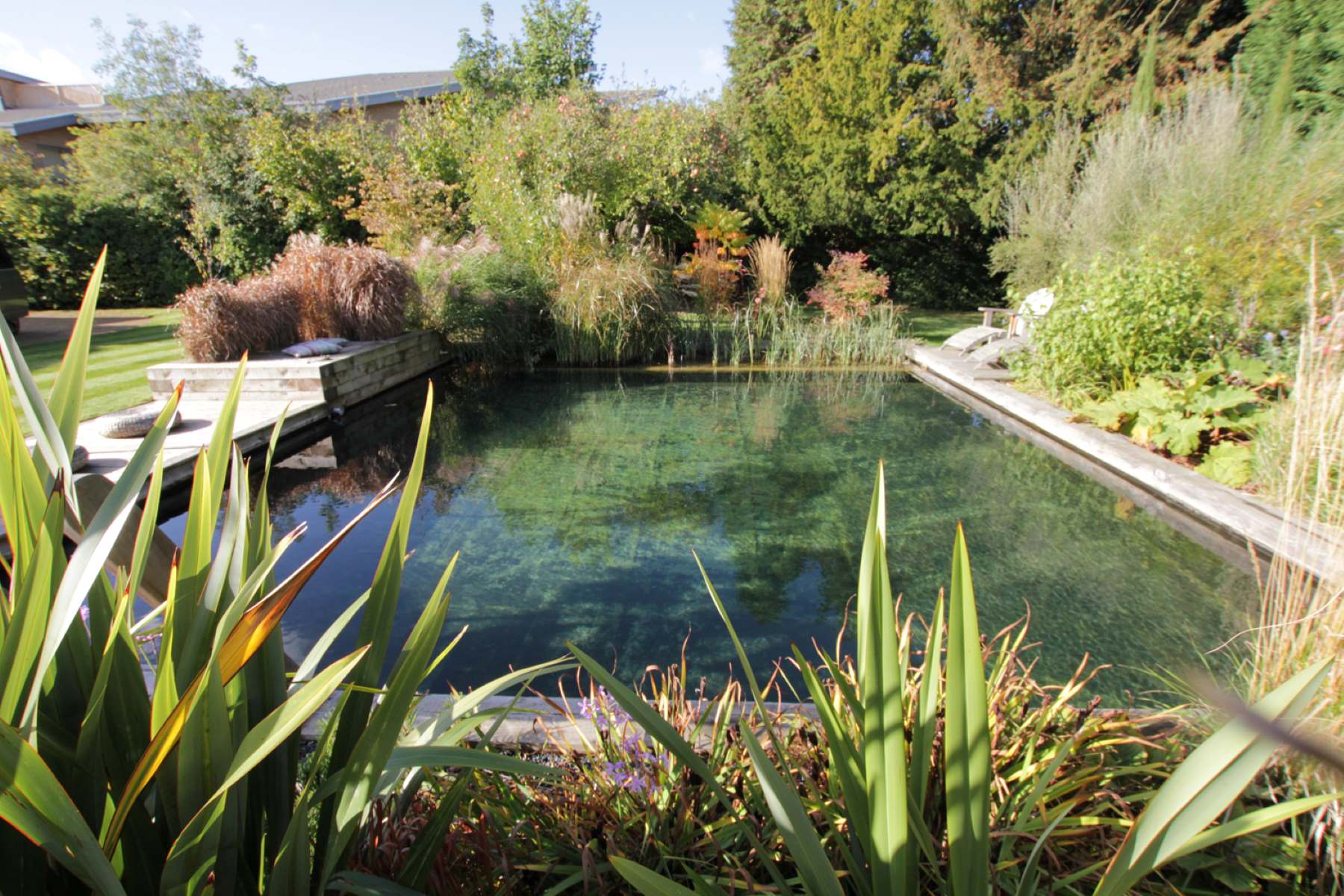

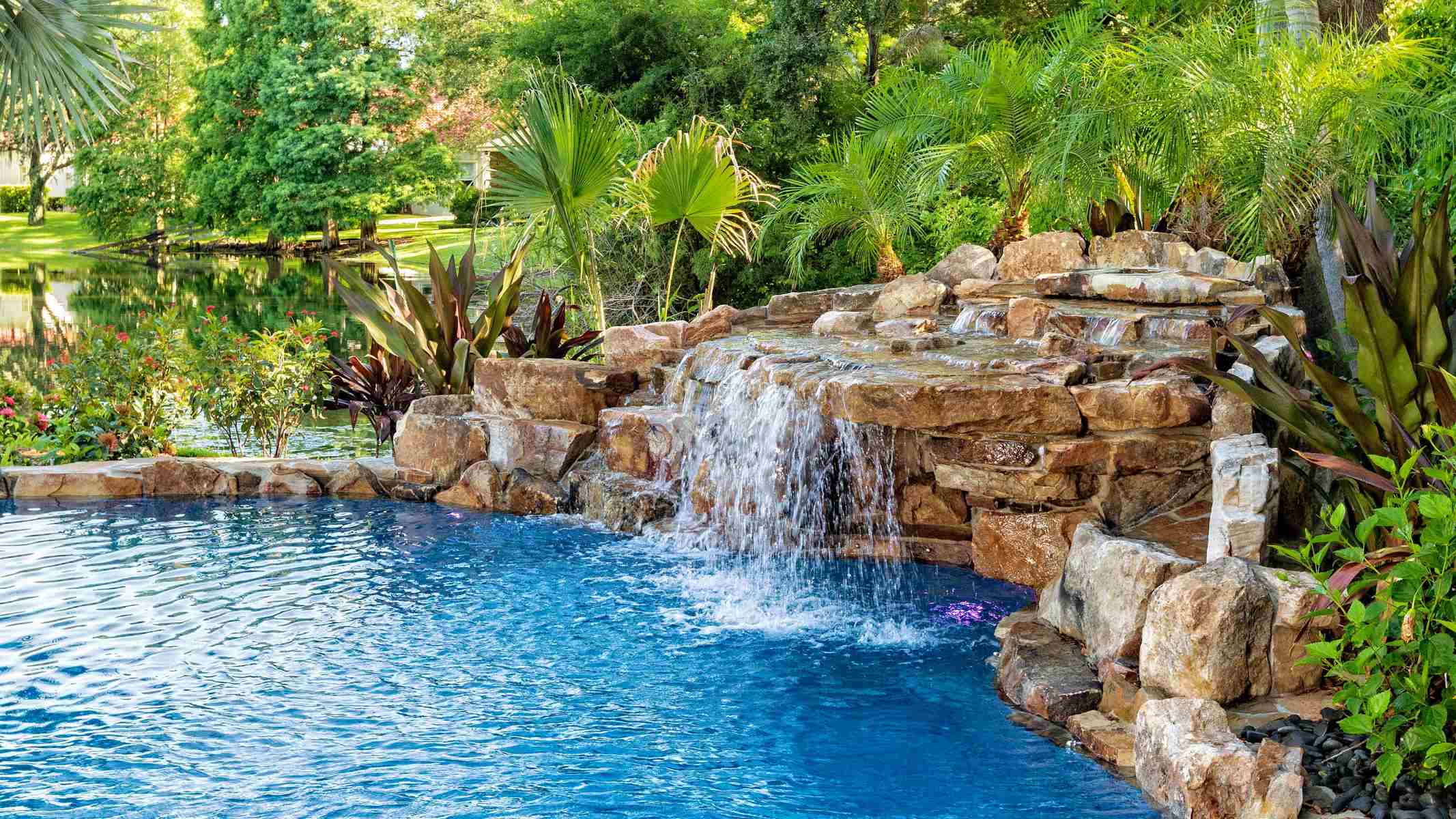
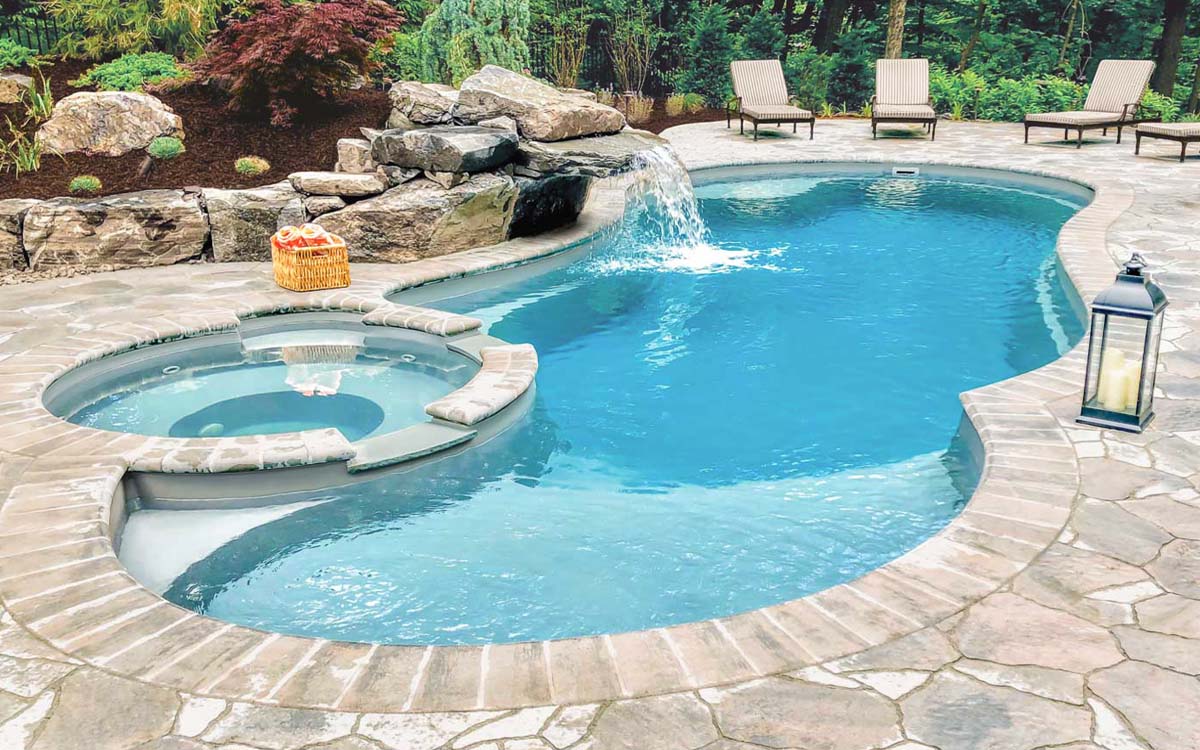
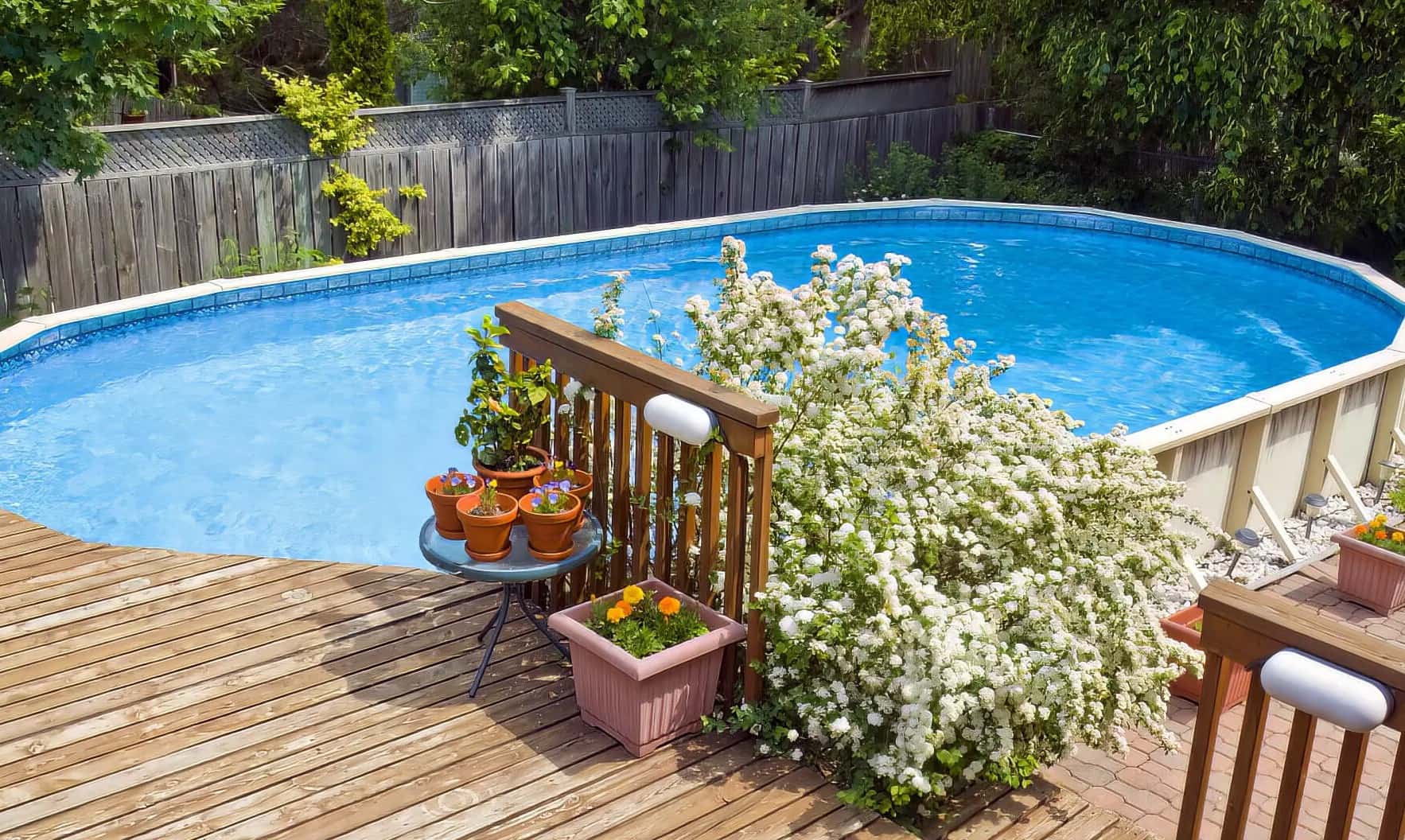
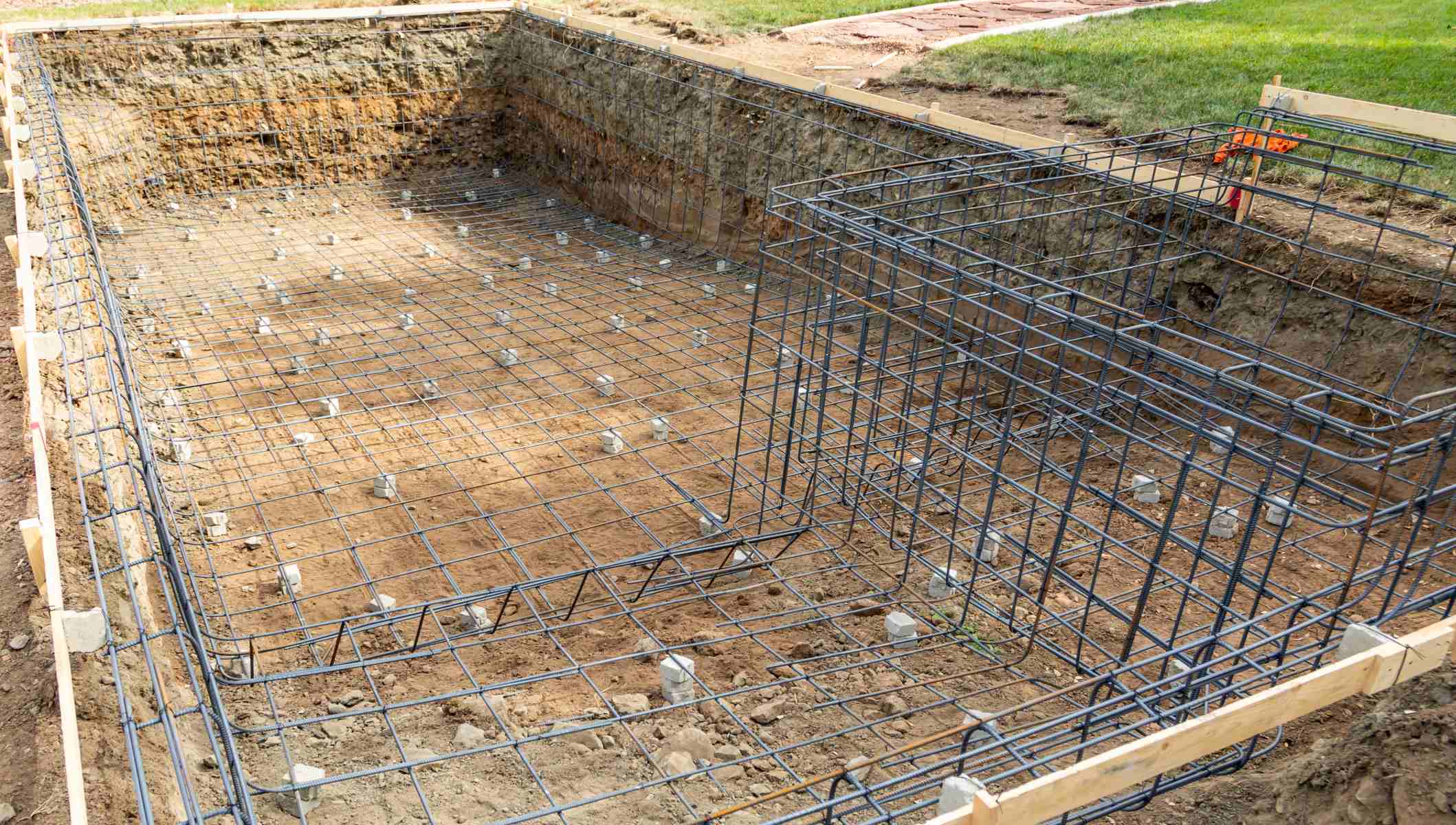
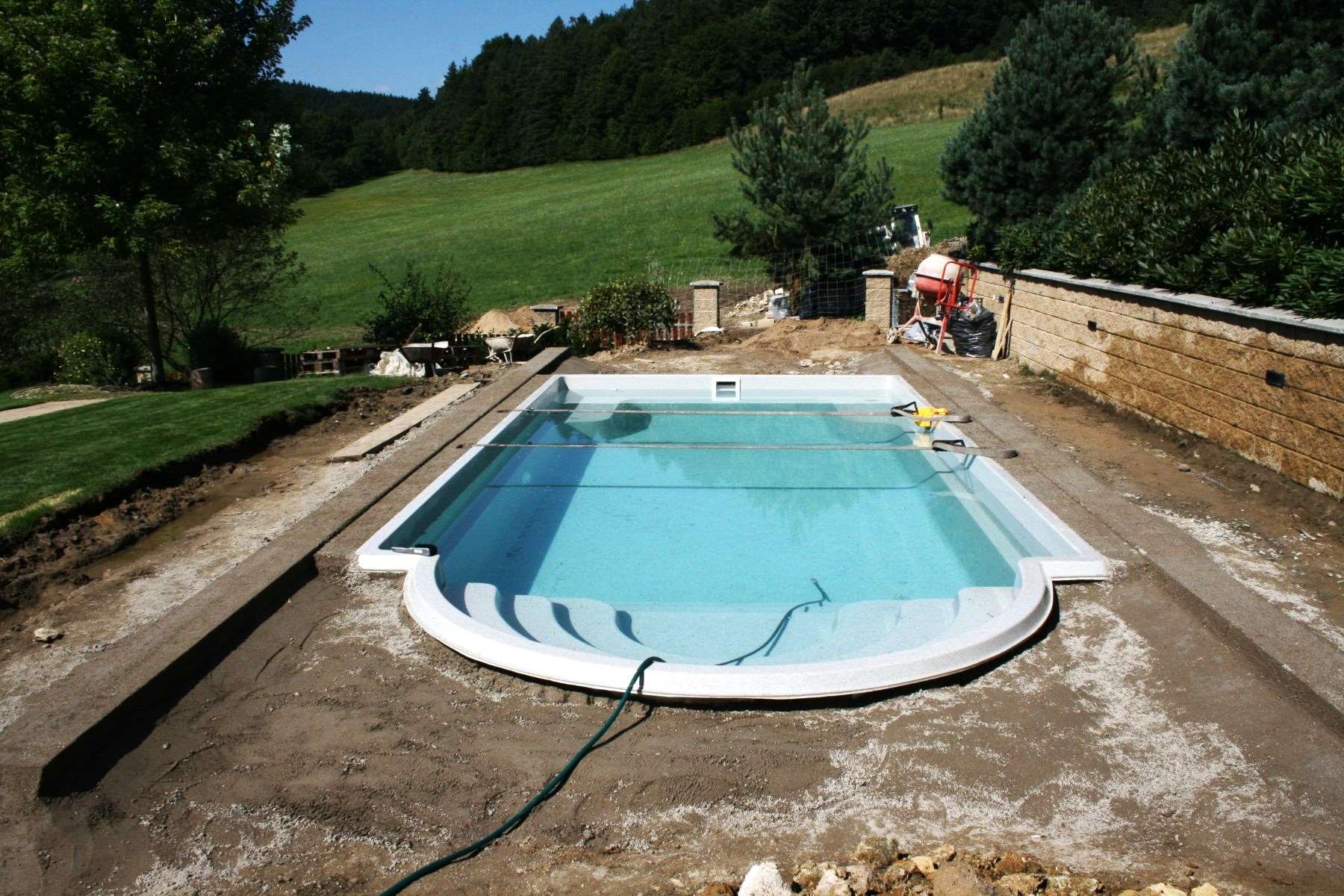
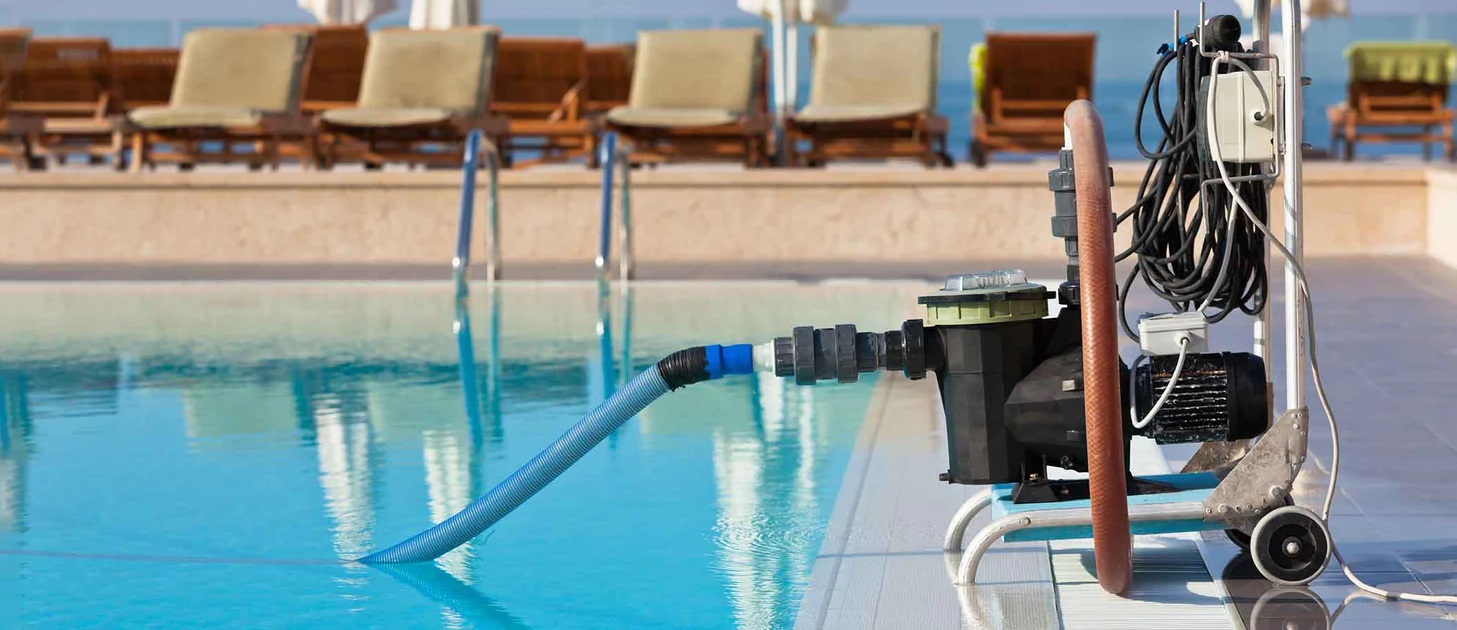







0 thoughts on “How Long To Build A Swimming Pool”